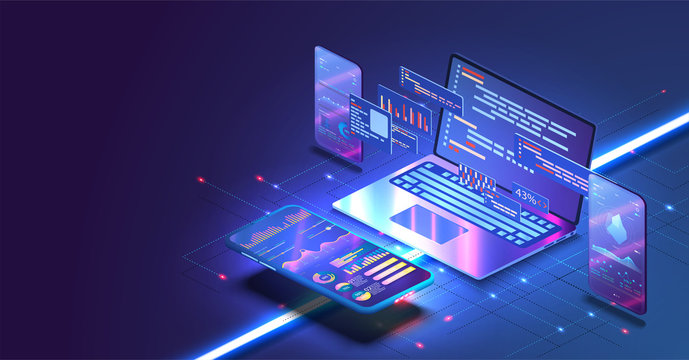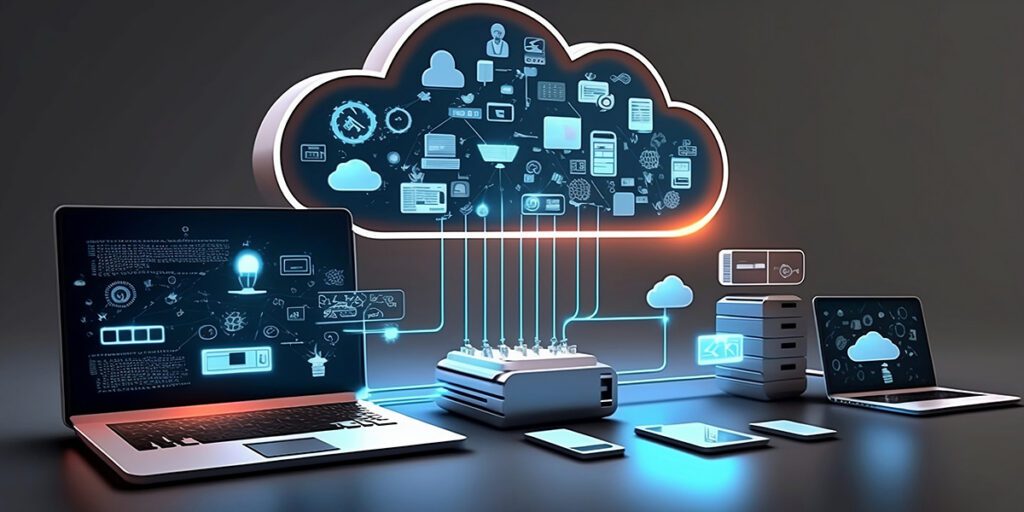The IT landscape is ever-evolving, and staying abreast of emerging trends is crucial for businesses looking to leverage technology for growth and innovation. As we move into 2024, several key trends are set to shape the future of IT. This article explores these trends and their potential impact on businesses, helping you stay ahead of the curve.
1. Artificial Intelligence and Machine Learning
Artificial Intelligence (AI) and Machine Learning (ML) continue to be at the forefront of technological advancements. In 2024, we can expect:
-
Enhanced AI Capabilities: AI is becoming more sophisticated, with advancements in natural language processing (NLP) and computer vision. This enables better customer interactions, personalized experiences, and improved data analytics.
-
AI in Automation: Businesses are increasingly adopting AI for automating routine tasks, such as data entry and customer service, which leads to increased efficiency and cost savings.
-
Ethical AI: With growing concerns about privacy and bias, there will be a stronger emphasis on developing ethical AI systems that are transparent and fair.
2. Cloud Computing Evolution
Cloud computing continues to transform the IT landscape with several key developments:
- Hybrid and Multi-Cloud Environments: More businesses are adopting hybrid and multi-cloud strategies to enhance flexibility and reduce dependency on a single cloud provider. This approach allows businesses to optimize performance and manage costs more effectively.
- Edge Computing: Edge computing is gaining traction as it brings computation and data storage closer to the source of data generation. This reduces latency and improves the performance of real-time applications.
- Cloud-Native Technologies: The rise of cloud-native technologies, including containers and microservices, is streamlining application development and deployment, making it easier to build scalable and resilient systems.
3. The Expansion of 5G Technology
The rollout of 5G technology is set to revolutionize connectivity and data transfer speeds:
-
Increased Bandwidth: 5G provides significantly higher bandwidth compared to previous generations, enabling faster and more reliable internet connections. This is crucial for supporting data-intensive applications and services.
-
IoT Integration: 5G enhances the capabilities of the Internet of Things (IoT) by providing the necessary infrastructure for a massive increase in connected devices. This supports the growth of smart cities and advanced industrial applications.
-
Enhanced Mobile Experiences: Consumers can expect improved mobile experiences, including faster download speeds and more reliable connections for streaming and gaming.
4. Cybersecurity Innovations
As cyber threats become more sophisticated, businesses must adopt advanced cybersecurity measures:
- Zero Trust Architecture: The Zero Trust model assumes that threats could be internal or external and requires verification for every access request. This approach enhances security by reducing the risk of unauthorized access.
- AI-Powered Security Solutions: AI and ML are being used to detect and respond to cyber threats in real-time. These solutions analyze patterns and anomalies to identify potential threats before they cause harm.
- Enhanced Data Privacy Regulations: With increasing concerns about data privacy, businesses will need to comply with stringent regulations and adopt practices that protect customer data.
5. The Growth of Remote and Hybrid Work
The shift towards remote and hybrid work models continues to evolve:
- Collaboration Tools: The demand for advanced collaboration tools that facilitate remote teamwork and communication is growing. Businesses are investing in solutions that enhance virtual collaboration and productivity.
- Remote Work Security: As remote work becomes more common, ensuring secure access to corporate resources and data is a priority. This includes implementing robust VPNs, multi-factor authentication, and endpoint security solutions.
- Workplace Flexibility: Businesses are adopting flexible work policies that accommodate employees’ preferences and needs, contributing to improved work-life balance and job satisfaction.
Conclusion
Staying ahead of IT trends is essential for leveraging technology to drive business success. By understanding and adopting these emerging trends—AI and ML advancements, cloud computing evolution, 5G technology, cybersecurity innovations, and the growth of remote work—businesses can position themselves for growth, efficiency, and competitive advantage in 2024 and beyond.



